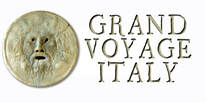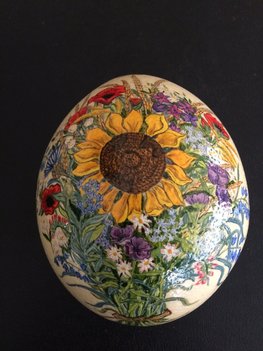 Perhaps a thousand years before Christianity adopted the egg as a part of the Roman Catholic holiday of Easter, the ancient Romans believed that "omne vivum ex ovo" - all life comes from the egg. The egg was a symbol of a rebirth in spring after the lean days of winter were over. Archaeologists believe that ancient Romans decorated eggs with dyes using onion skins, spices, beets and carrots (a tradition that is still done today in many Italian families). They were used as offerings and gifts during pagan spring rituals and festivals. Today, the Uova di Pasqua carries on that ancient tradition... A popular tradition is to give chocolate eggs as gifts, which themselves can be elegantly decorated. The simplest tradition involves giving a large chocolate, hollow egg to each family member, which is broken to reveal a present or treat inside. Real eggs are died red (in the Greek tradition), representing when Mary Magdalen presented an egg to Emperor Tiberius Caesar as it miraculously turned red, symbolizing the blood of Christ. But the also decorate and paint eggs, often in glorious ways. Any artist can understand why--the egg is such a beautiful, blank canvas...
--Jerry Finzi The presepio, derived from the Latin word presepium, meaning manger, has been the defacto symbol of Christmas for Italian families for dozens of generations, and in the South, perhaps as long as a thousand years. Of course, most Italians also have a modern Christmas tree, but the presepio in its simplest form is a tradition of devotion representing the birth of the baby Jesus. These nativity scenes typically consist of a structure to represent the simple barn where Joseph and Mary were forced to give birth to the Son of God. An ox, donkey, angels and perhaps the three Wise Men are typically represented. But the presepio is often much, much more, showing village scenes from every day life. Its components are mostly handmade from a variety of materials: wood, ceramic, cartapesta (Papier-mâché), terracotta and fabrics. Some scenes include small waterfalls or fountains, houses, buildings, mountains, trees, grottoes, livestock and vendors of all sorts. The details can be absolutely astounding. 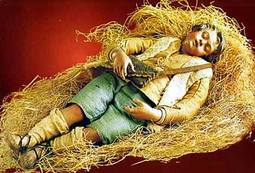 There are some characters and elements that many deem essential to the tradition:
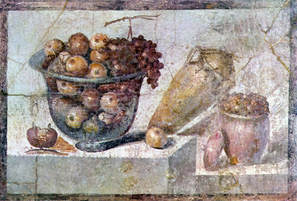 Roman Tromp L'Oeil fresco Roman Tromp L'Oeil fresco The art of Trompe L'oeil (fool the eye) has been around for at least two thousand years... as evidenced by frescoes and mosaics from Pompeii and Herculaneum. Artists have always attempted to make their works seem as realistic as possible, with the goal of having the images leave their flat space on the wall and enter the real world. Of course, it all depends on the skills of the artists' hands and eyes, some being better than others. When they added realistic shadows, cast from the same direction as the real world light in the viewing room, the effect was magical. When they would put a life sized mouse running along the edge of the floor, the reality effect was enhanced. If they made some elements like grapes or vines seeming come right out of the frame and onto the wall, you felt like you could reach out and touch and feel what your eyes perceived. 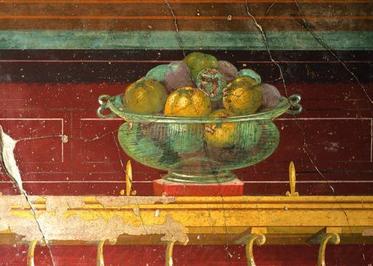 From Oplontis, near Pompeii From Oplontis, near Pompeii Tromp L'Oeil usually keeps the objects the same size as the item is in real life to trick the eye into thinking the two dimensional objects are really three dimensional things coming out of the painting and into our real world, as in ancient bowls of fruit sitting atop faux mantles. Modern day Photo-realism or Hyper-realism painters of today have a different goal: to fool the viewer into thinking that they are not looking at paintings at all, but photographs or digital captures of real life. Hyper-realism is, in essence, Trompe l'Oeil in reverse. And in some cases, the artwork is enormous... dozens of times larger than life. I find it curious that photography has become the symbol of "reality" rather than real life itself. When photography was in its infancy, artists were in an uproar (especially portrait artists) because they were losing assignments to people who they claimed were not artists, but merely technicians clicking the shutter on a machine. In no way could photography become a true art form. It's amazing to see how photography has become both a form of artistic expression and a way to capture reality as if the viewer was looking through a window at the real life scene. As a professional photographer, I also find it curious how it has come full circle and painters are now imitating photography with hyper-realism.
In any event, I've collected a small sampling of hyper-realism paintings of food relating to Italian cuisine... Enjoy the slide show! Ciao... --Jerry Finzi 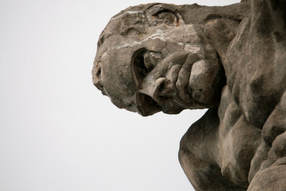 He looks a lot like the Thing in Marvel Comic's, Fantastic Four He looks a lot like the Thing in Marvel Comic's, Fantastic Four On the Cinque Terre coast, the Voyager will come across il Gigante, the gigantic statue of Neptune in Monterosso on the beach near Fegina. Sculpted by the Arrigo Minerbi in 1910, he is over 40 feet tall and holds up part of the Villa Pastine. Neptune used to hold a trident and a giant clam shell above his shoulders that was used as a dance floor by the Villa. During World War II, Monterosso was bombed by allied forces, and the Neptune statue and the Villa suffered serious damage. A strong storm in 1966 damaged the statue even more. Graffiti is as ancient as the cave walls of Lascaux in France when man put strange images in the walls and ceilings. They have found political graffiti on the ancient walls of Pompeii. I even saw graffiti on the walls of the dungeon where Joan of Arc was held. In New York City back in the seventies, the subway cars were so covered with colorful graffiti their windows were useless.
Nowadays, in cities around the world, a new type of more sophisticated, artistic graffiti has morphed into what many consider a type of public, urban fine art. I'll admit to having issues when I see the more inartistic, random "tags" plaguing the walls of historic architecture in Cities like Rome. But there are artists that are really making a statement--whether political or simply surrealistic--on the aging walls of Italy. Many of the artists have received accolades in both the fine art world and cult circles: Clemes Behr, Herbert Baglione, MOMO, Banky, Alice Pasquini, Sten Lex, Augustine Lacurci, Jerico and Hitnes. It's as if Gulliver's hands are reaching up out of the lagoon in Venice to hold up the façade of Palazzo Morosini Sagredo (also known as Ca’ Sagredo), transporting the entire scene to Lilliput... The gigantic artwork is called Support, a temporary artwork by artist Lorenzo Quinn that was inaugurated on 13 May and will run until 26 November 2017.
Support is an artwork aimed to draw the attention on how delicate life and its survival as we know it is, compared to the force of nature in an evermore threatened environment due to climate change. The hands represent the role humans can play in supporting (or not) a unique heritage like Venice. |
Categories
All
Archives
January 2024
|

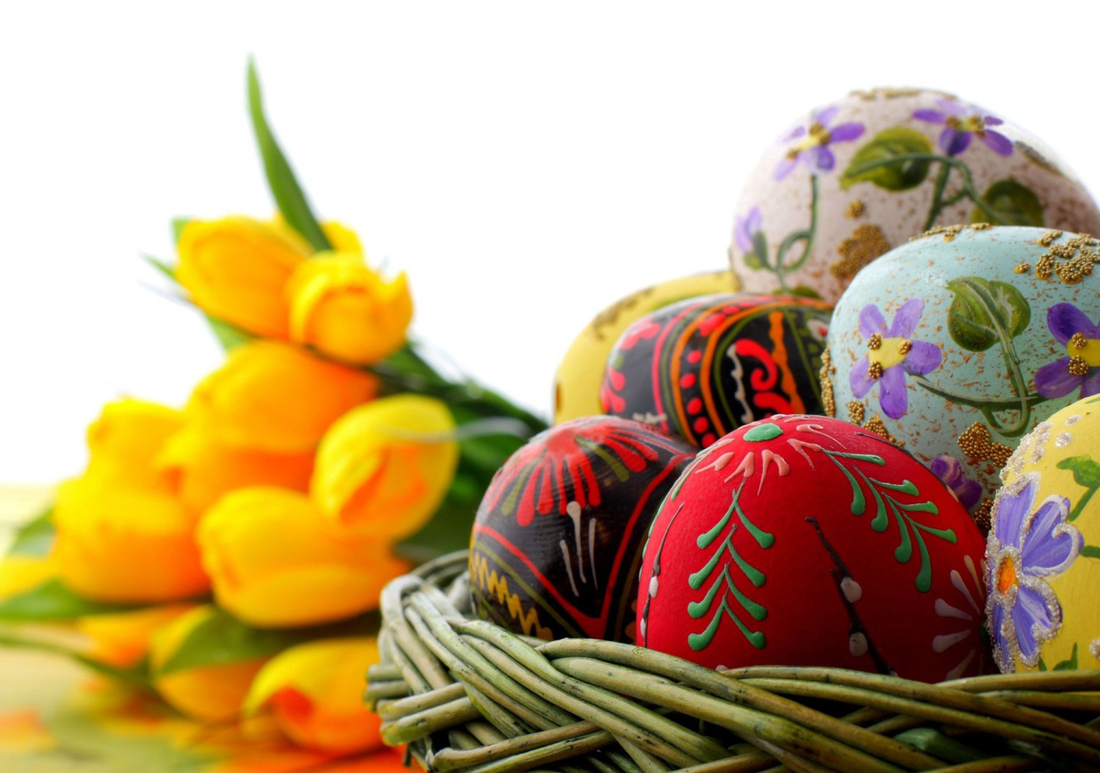
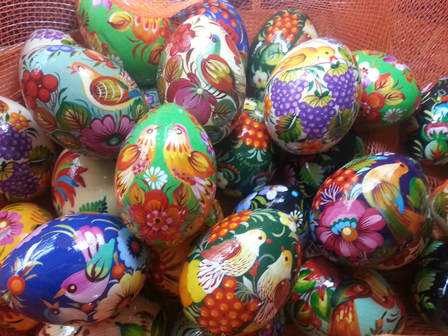
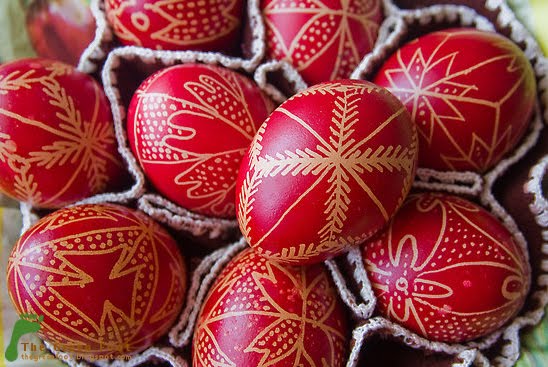
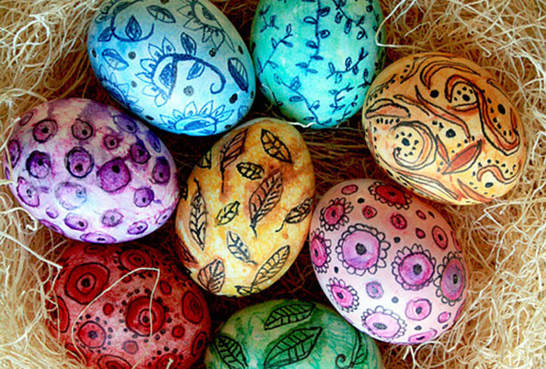
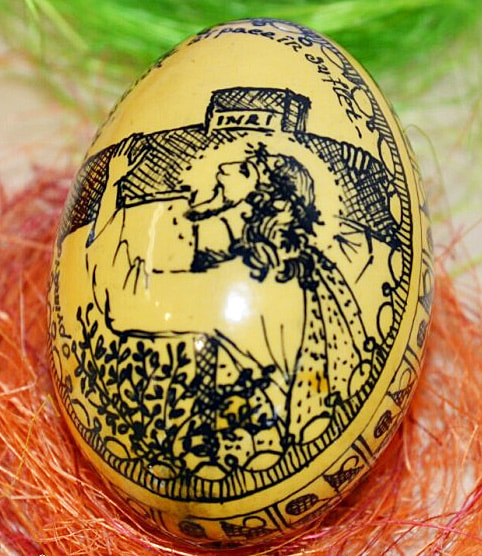
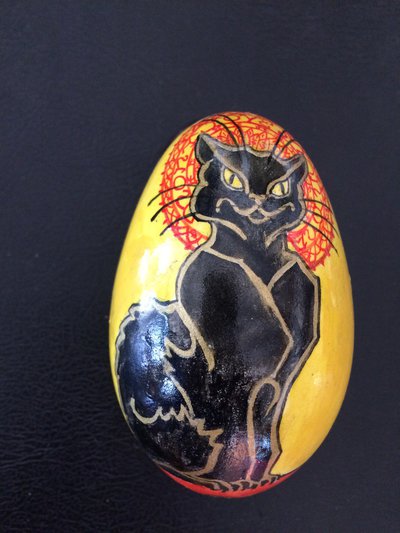
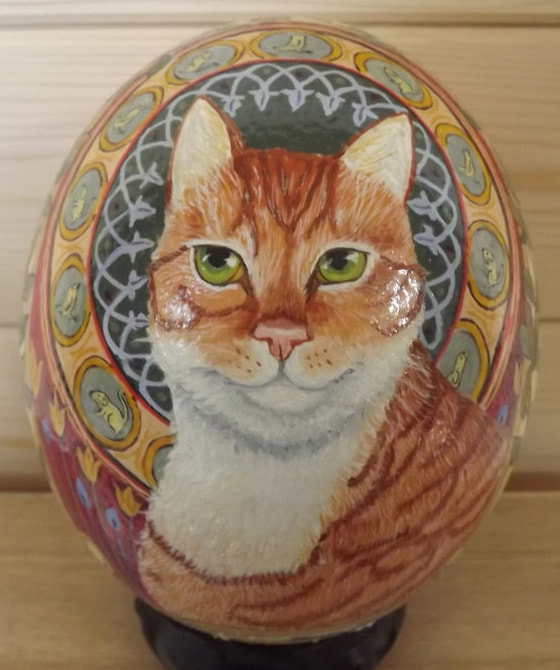
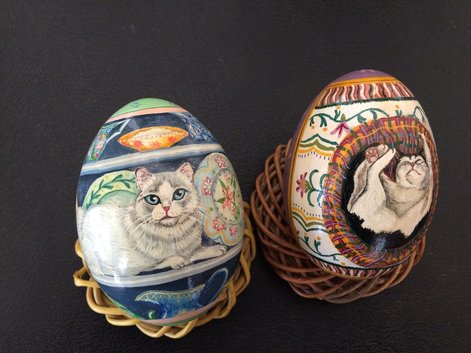
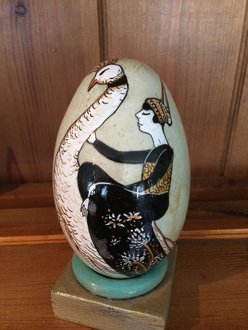
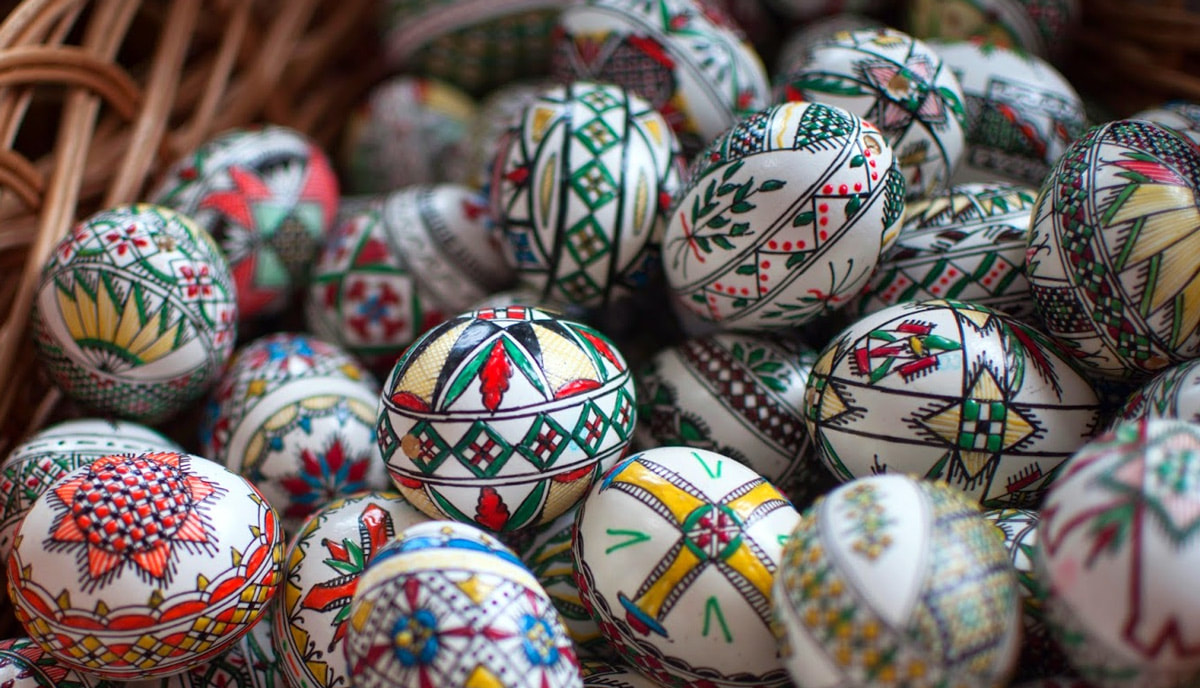
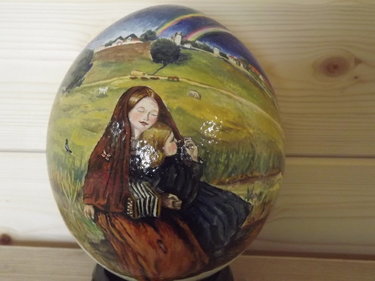
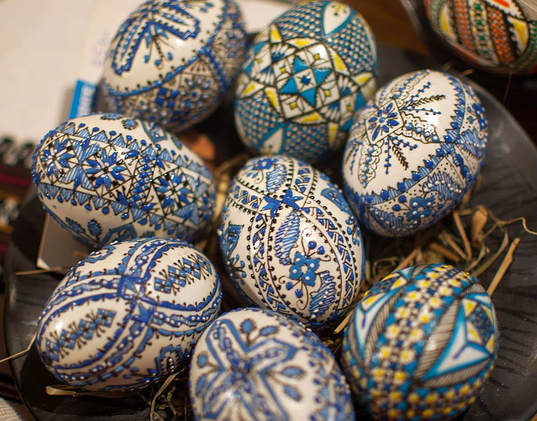
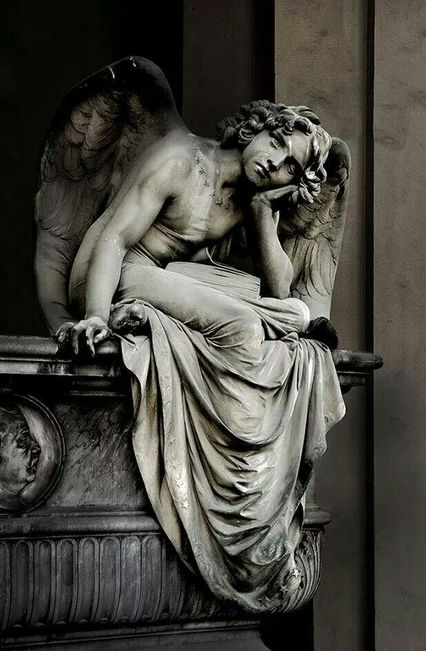
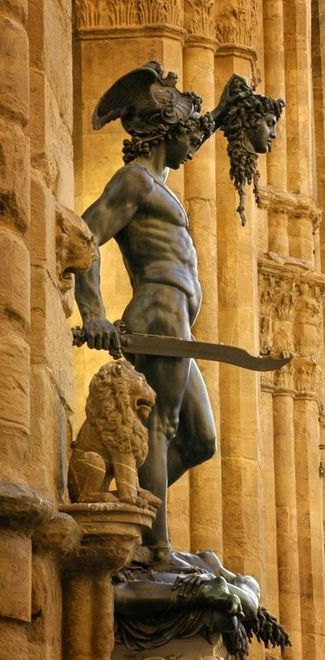
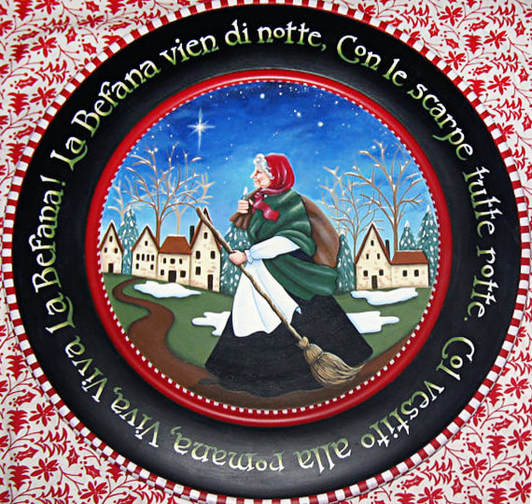
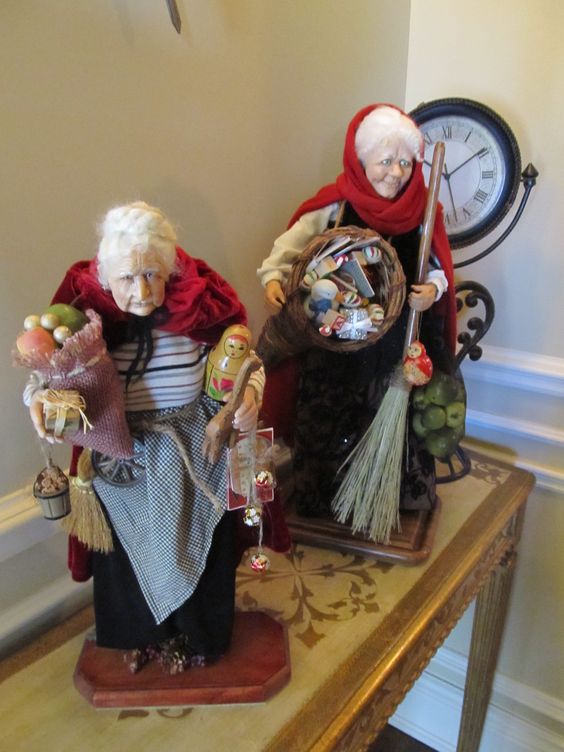
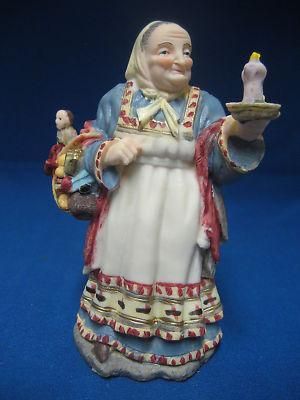
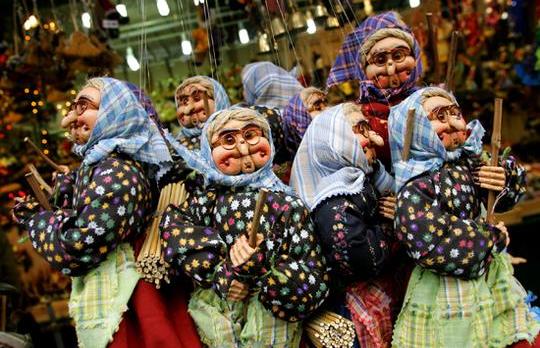
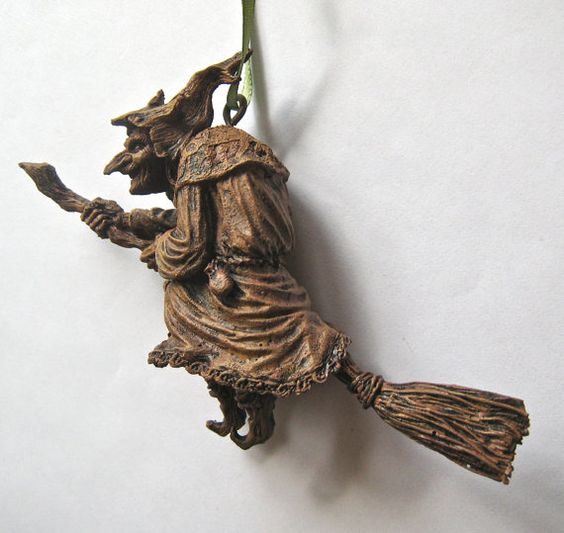
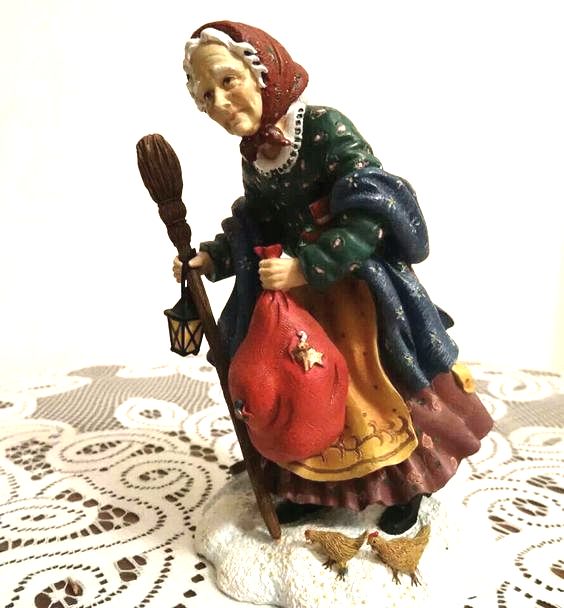
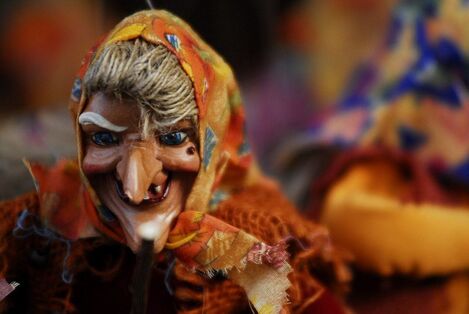
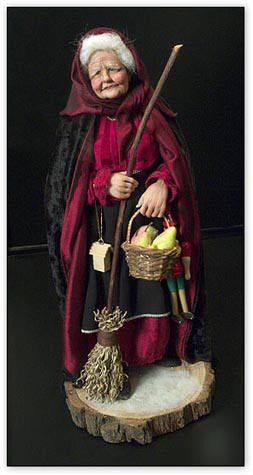
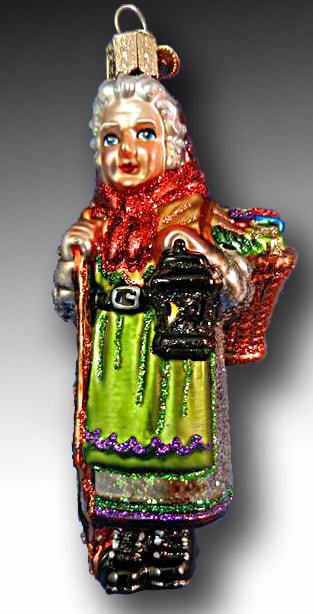
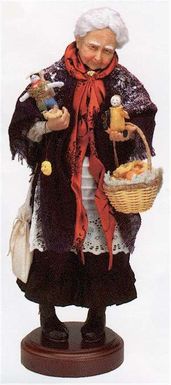
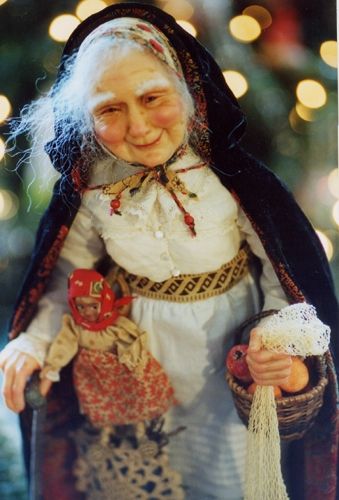
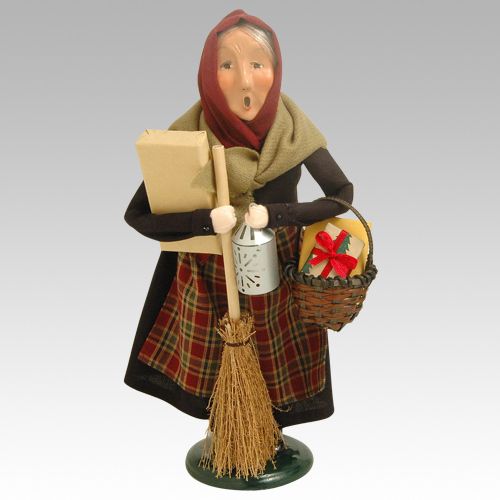
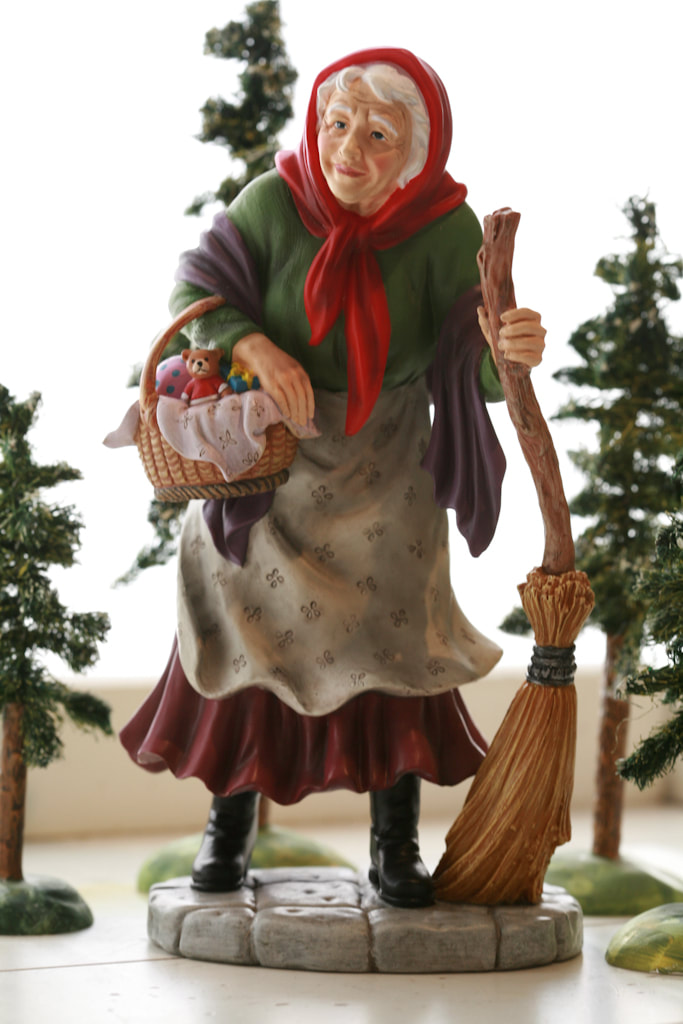
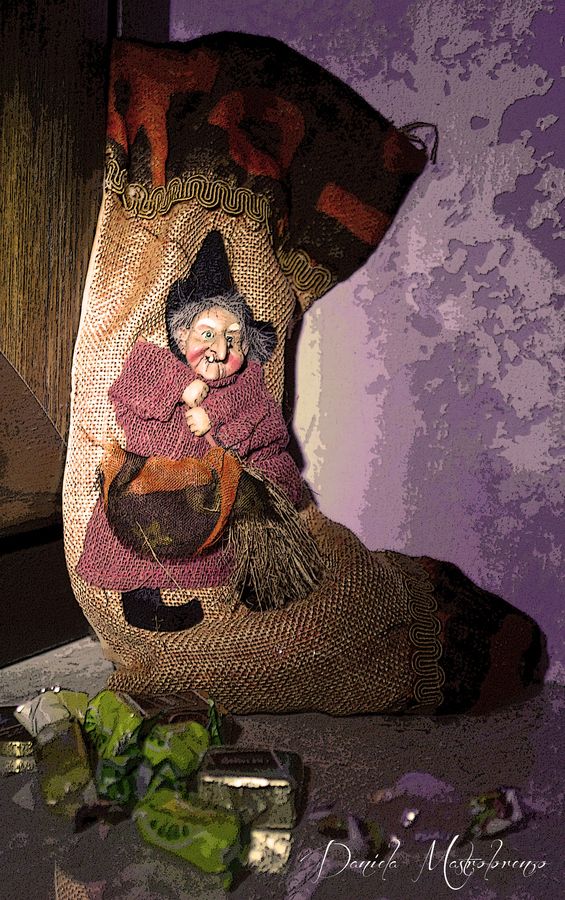
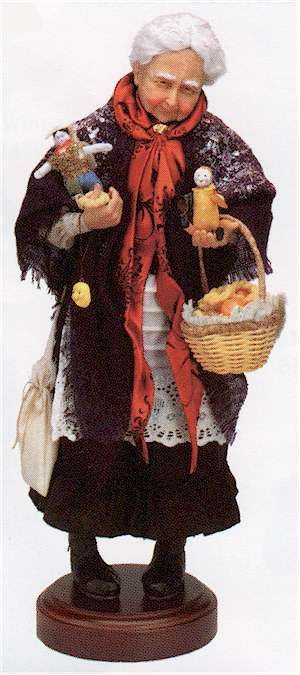
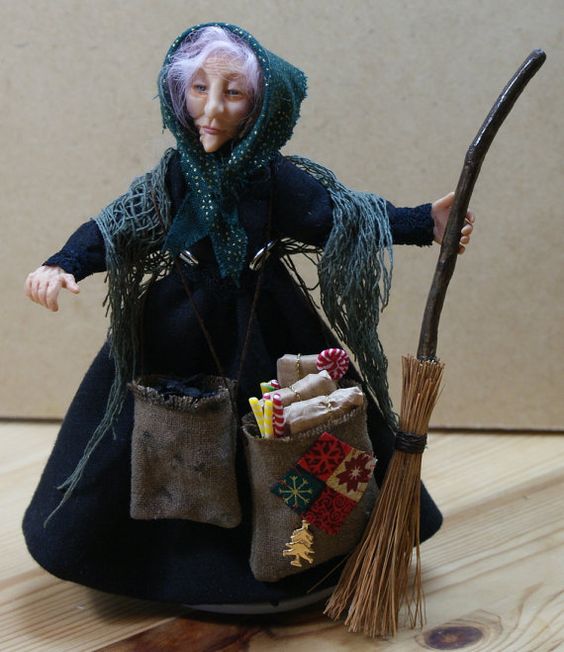
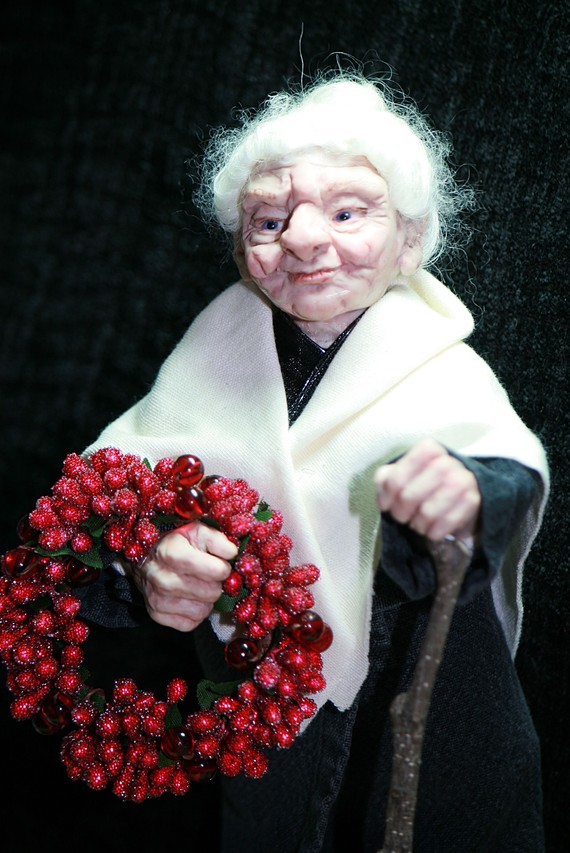
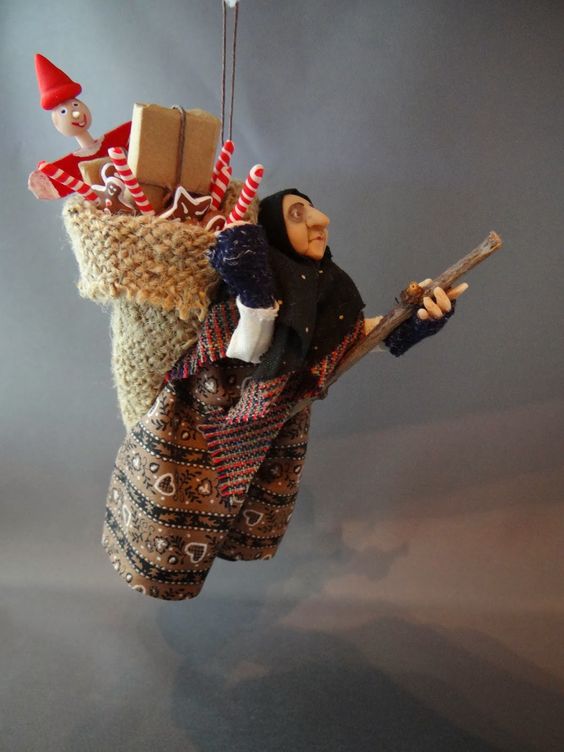
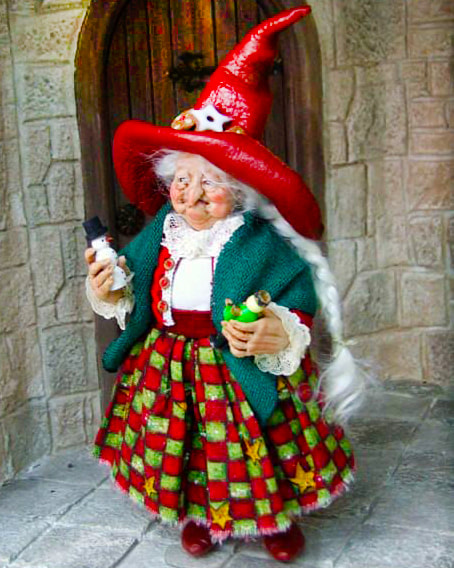
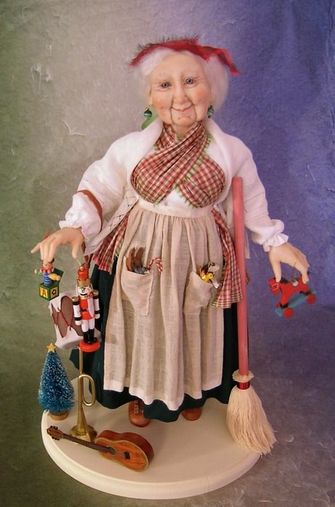
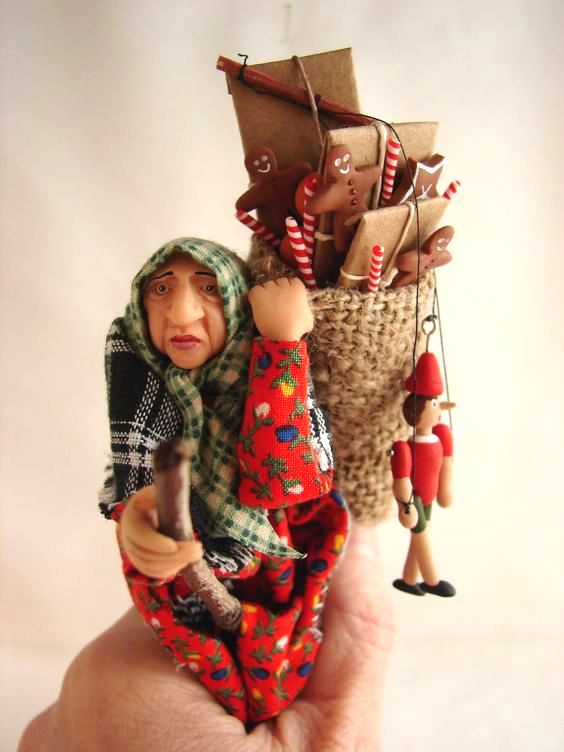
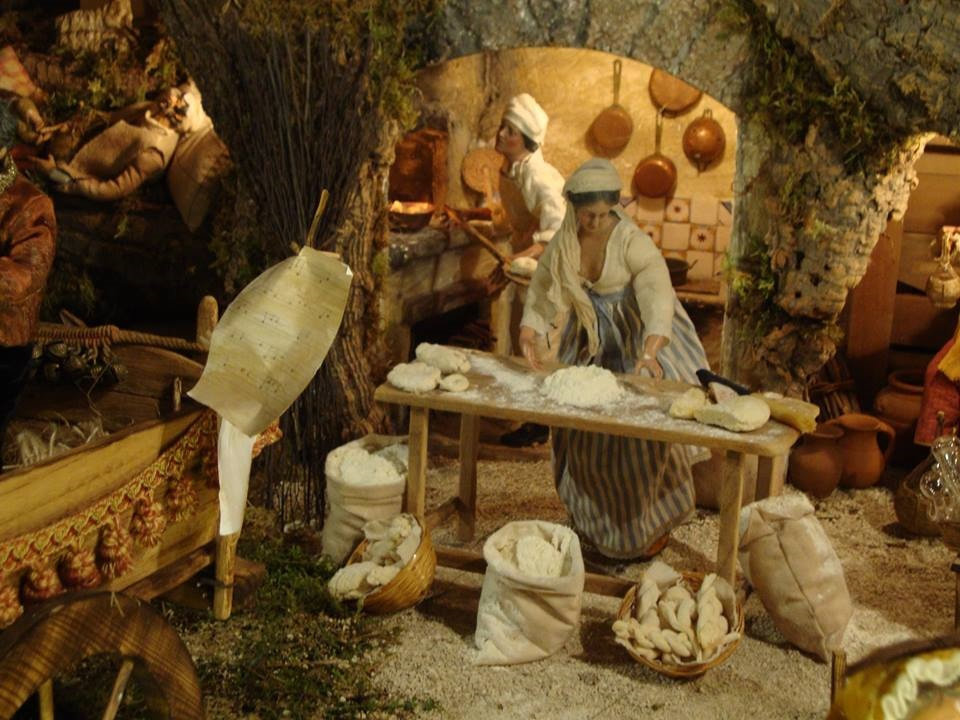
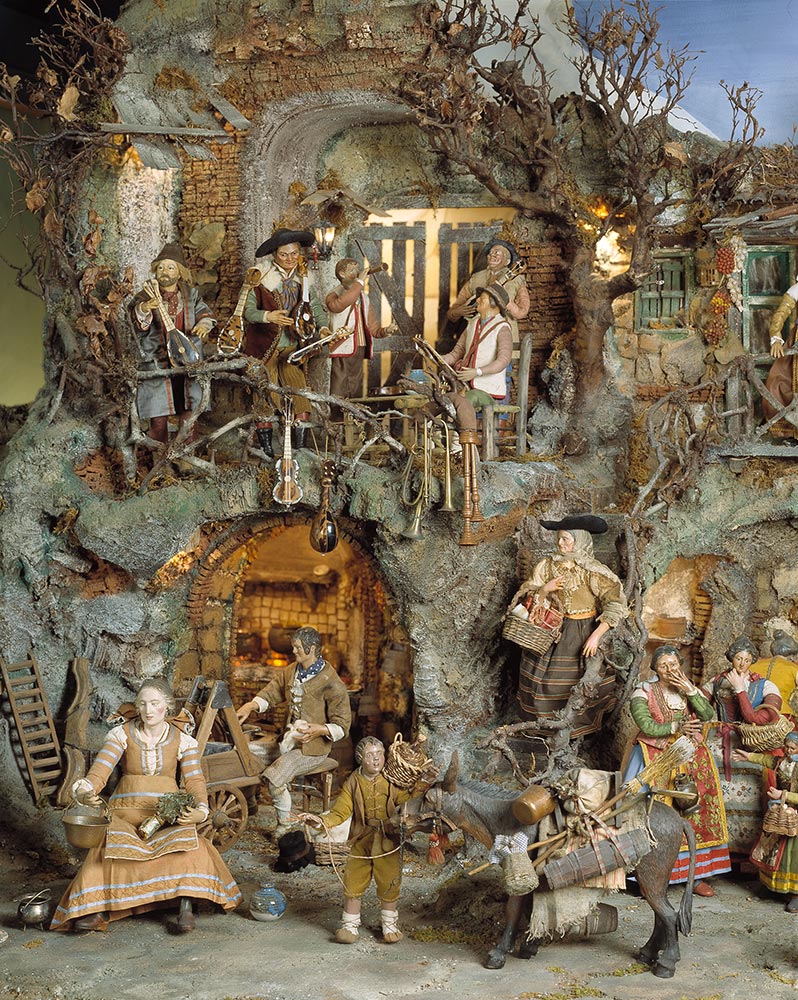
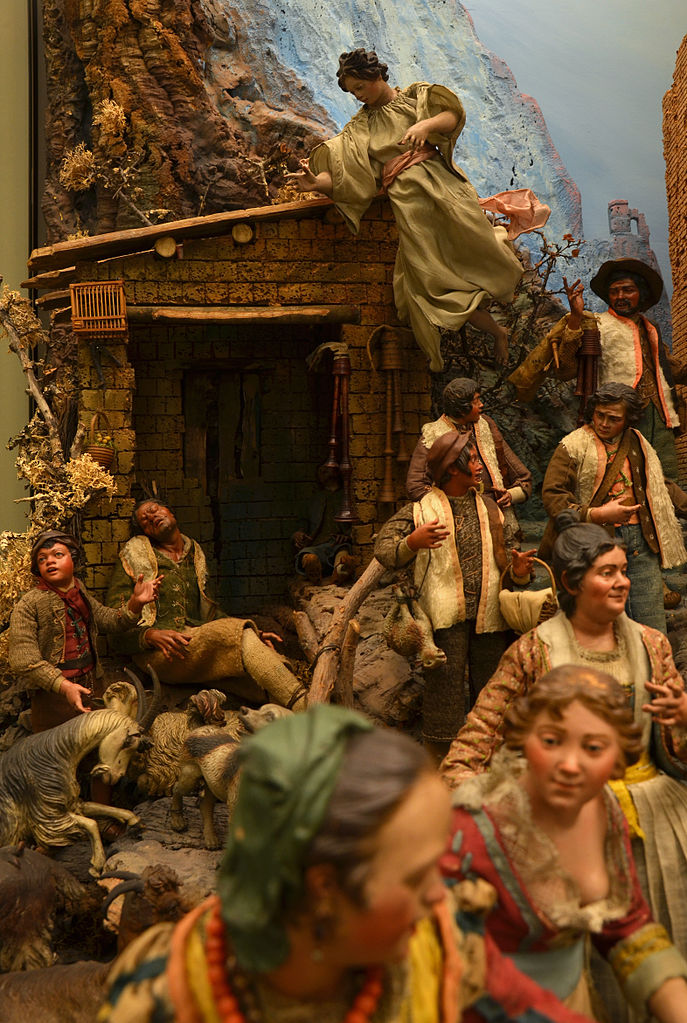
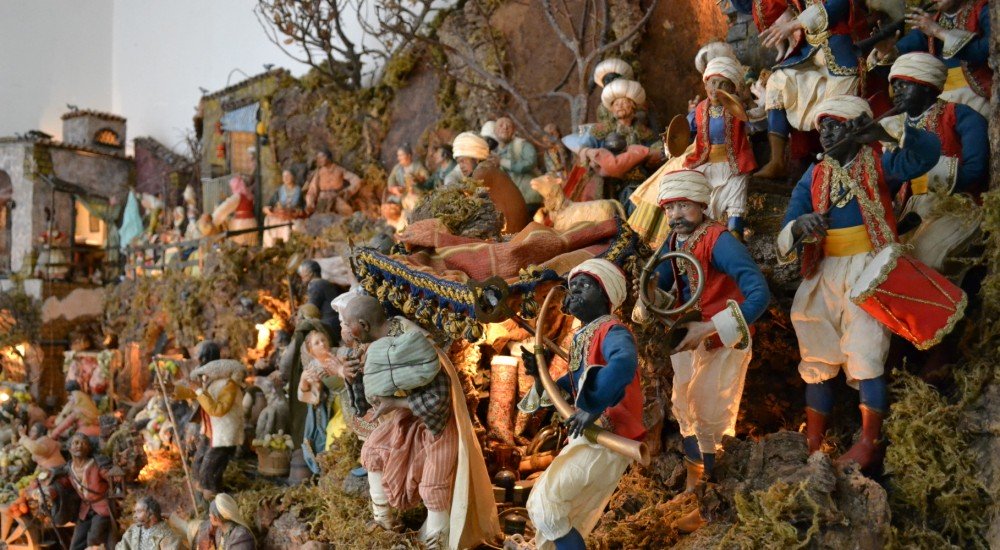
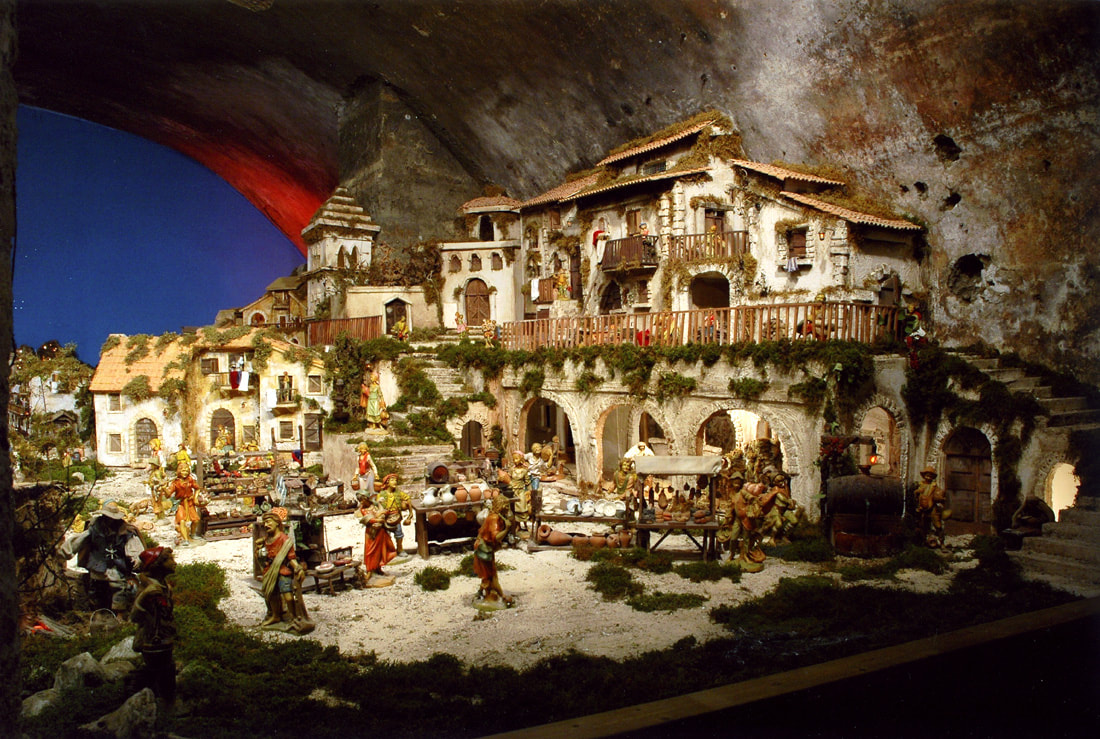
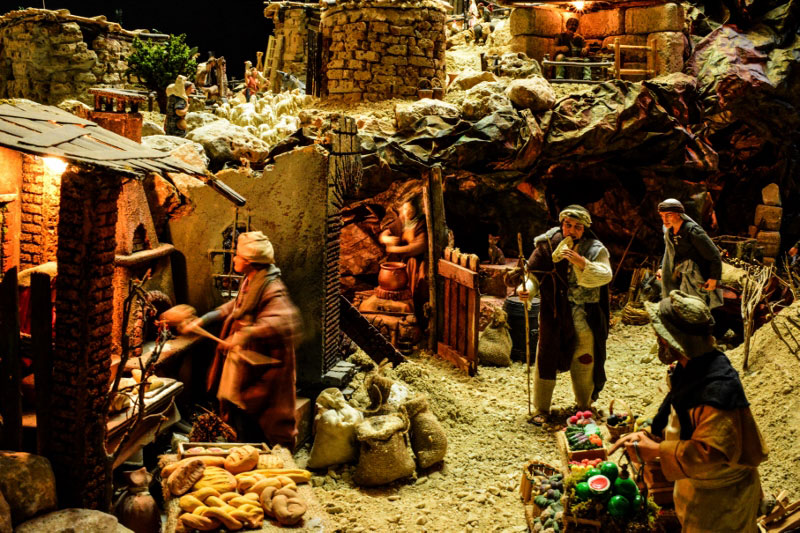
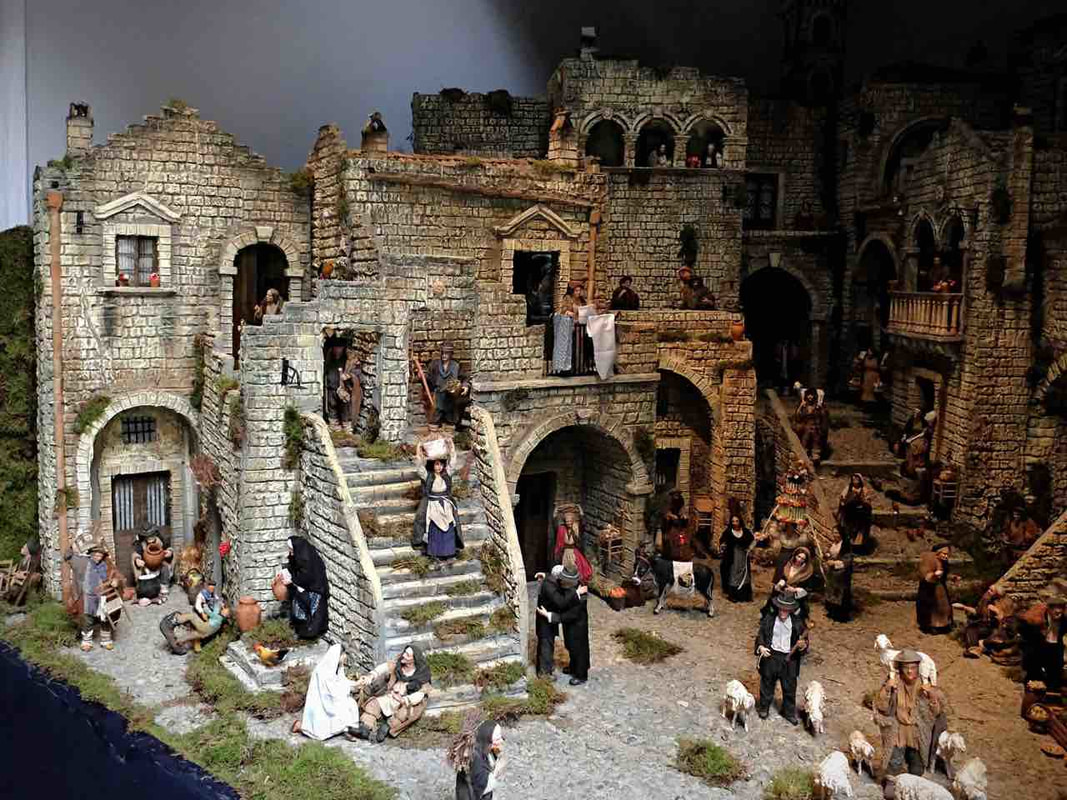
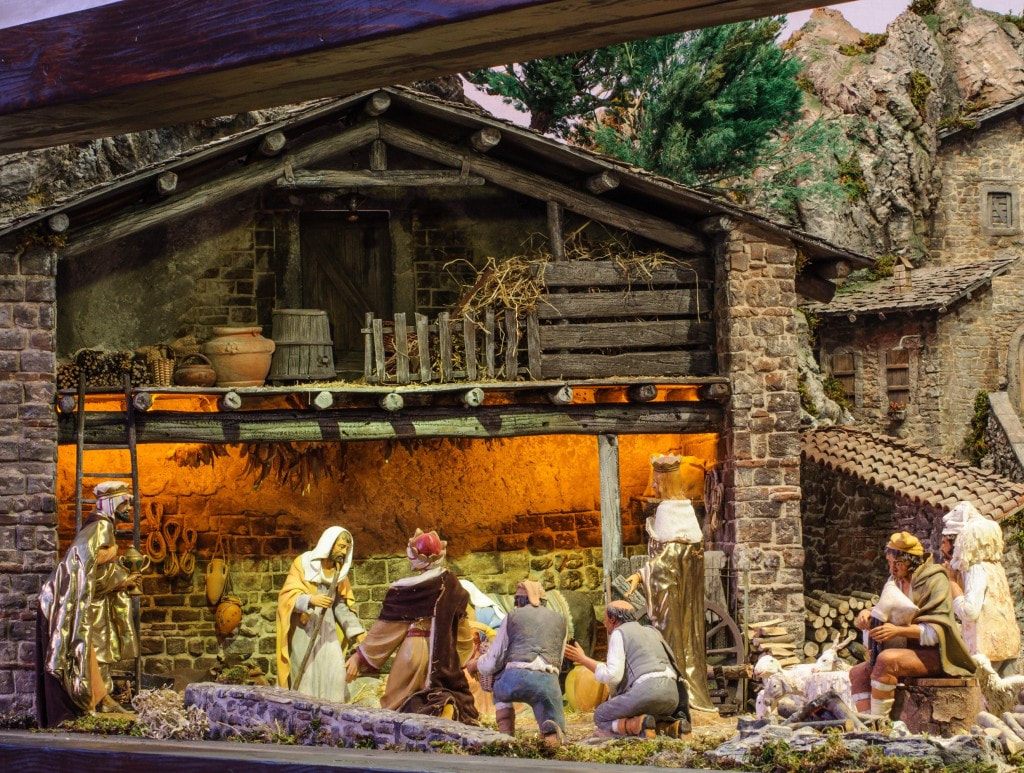
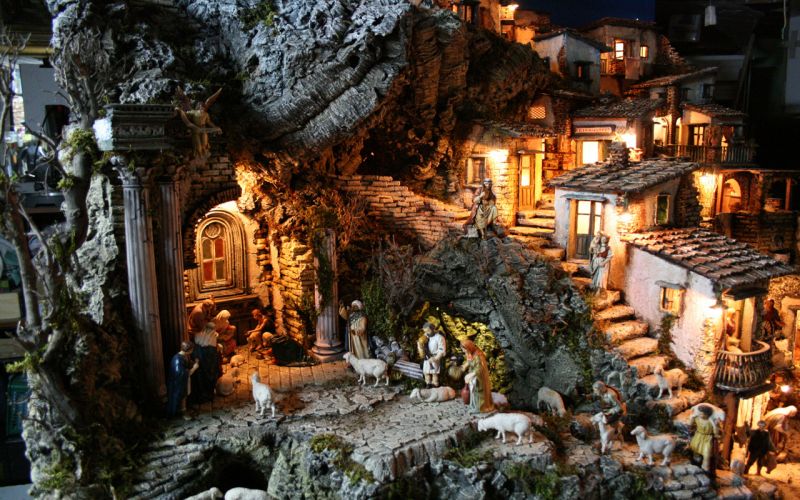
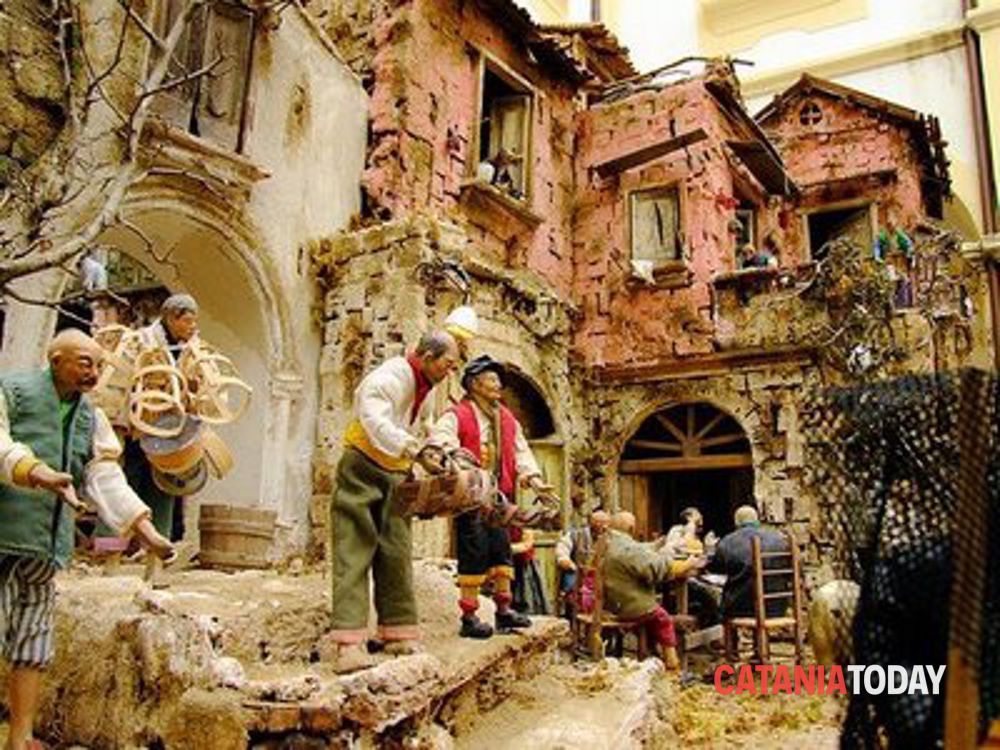
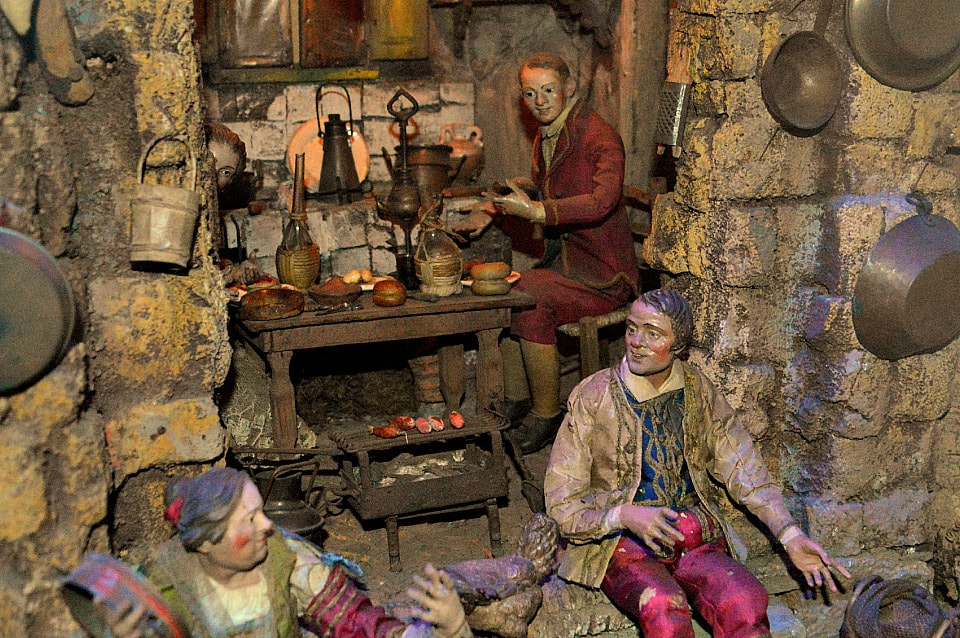

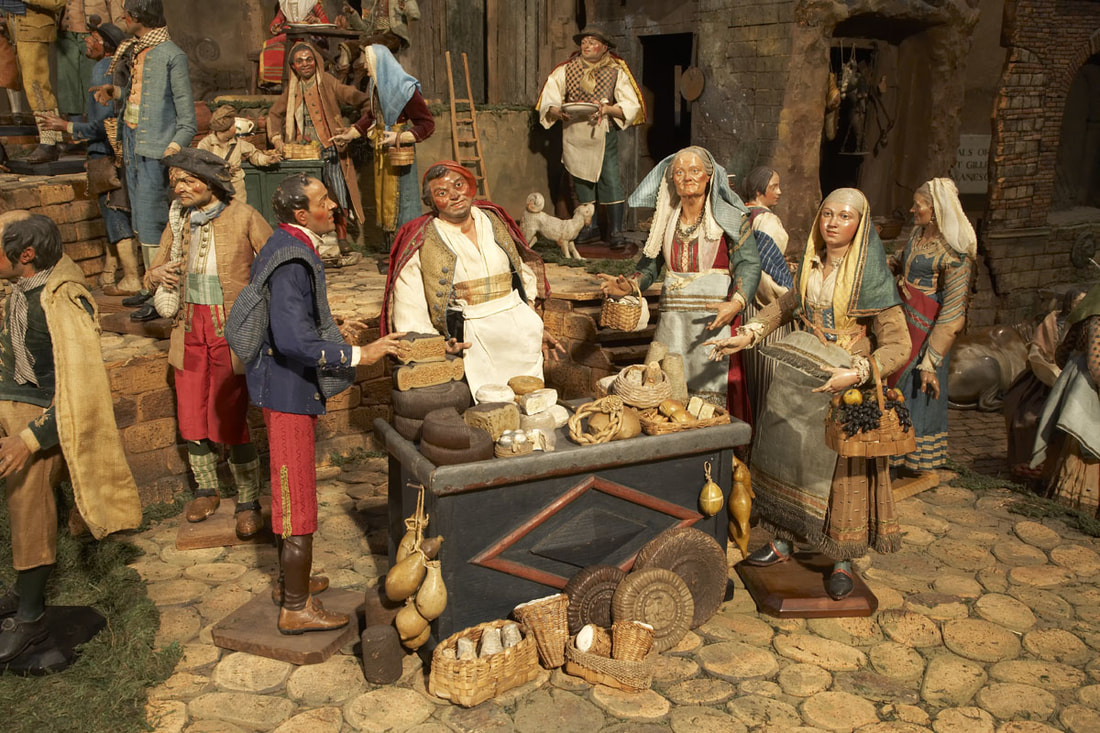
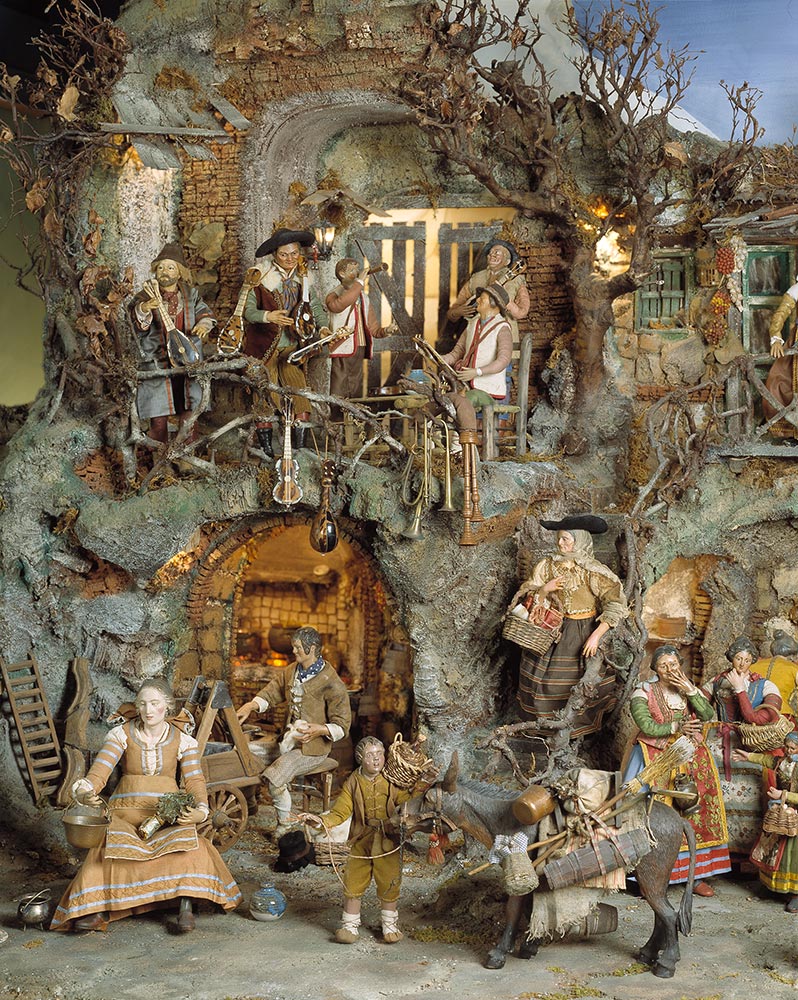
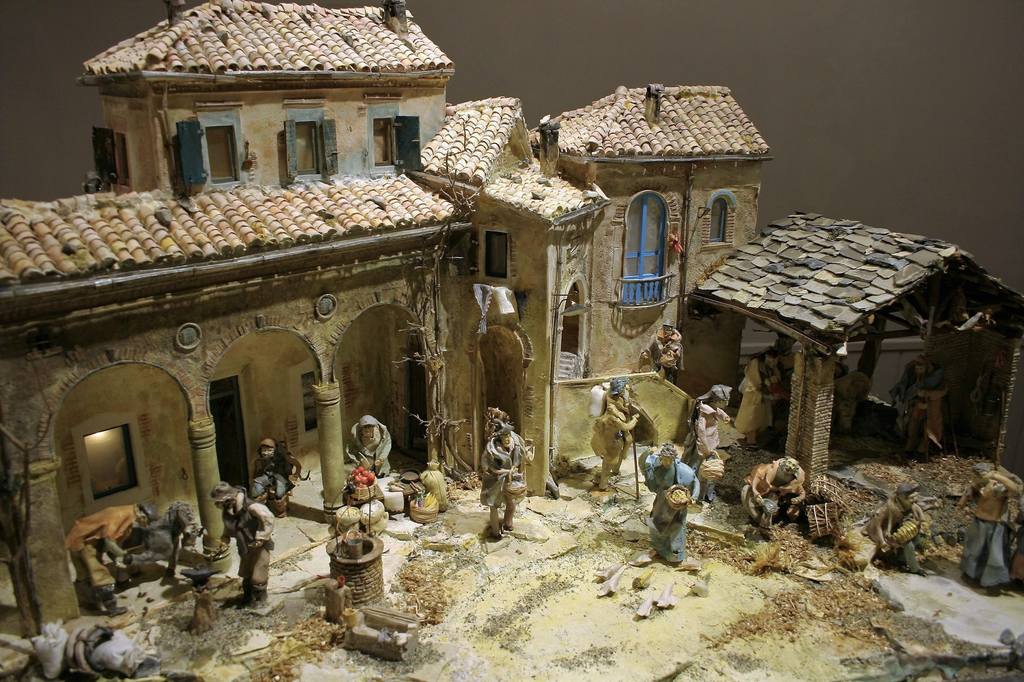
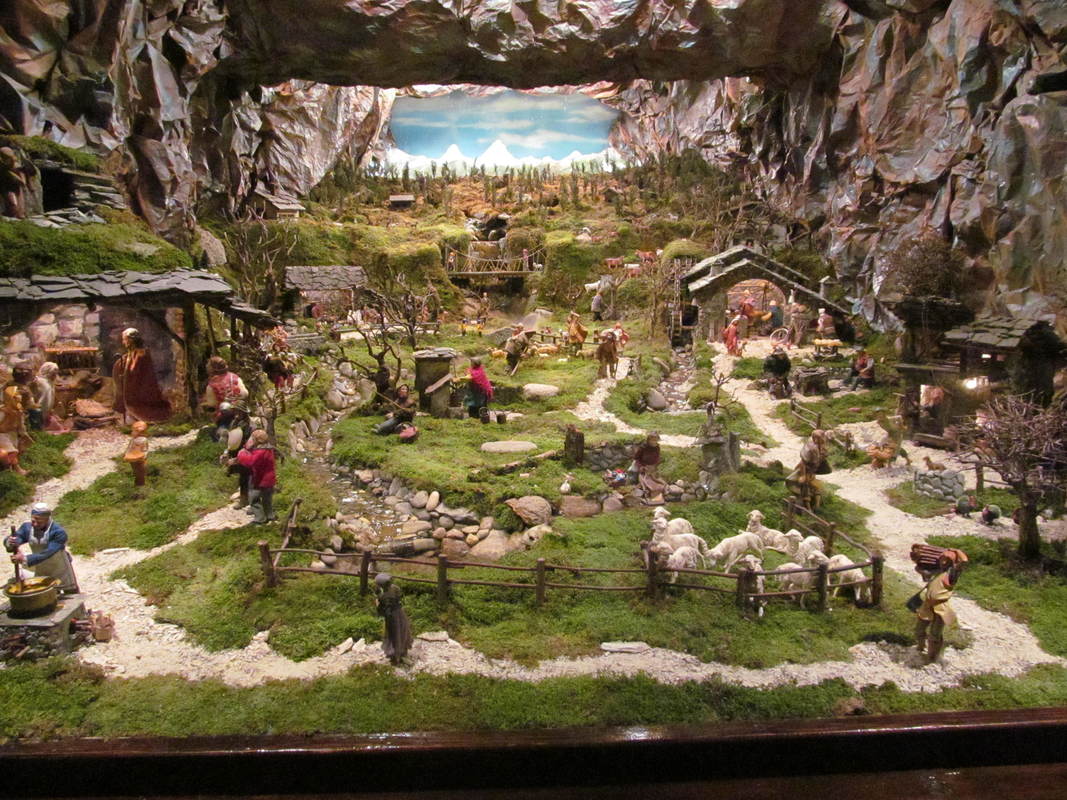
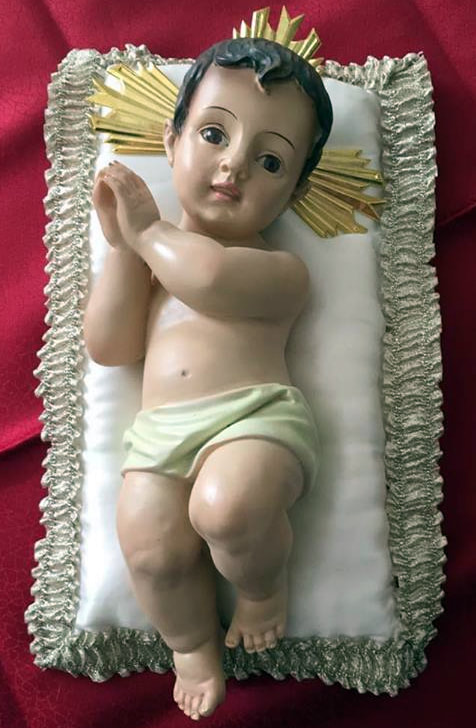
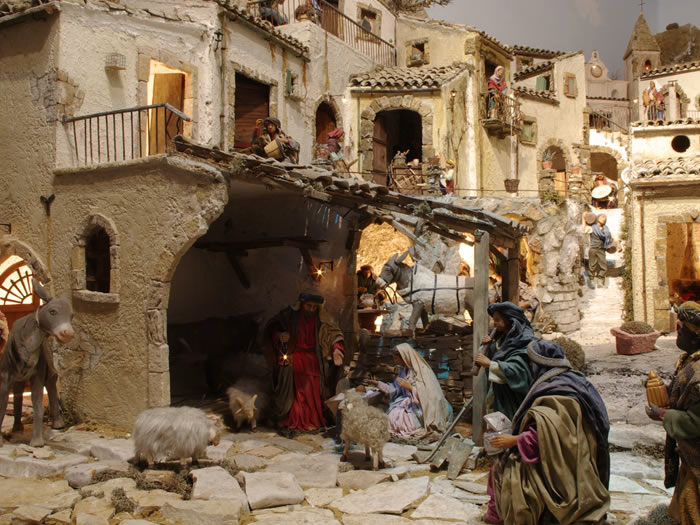
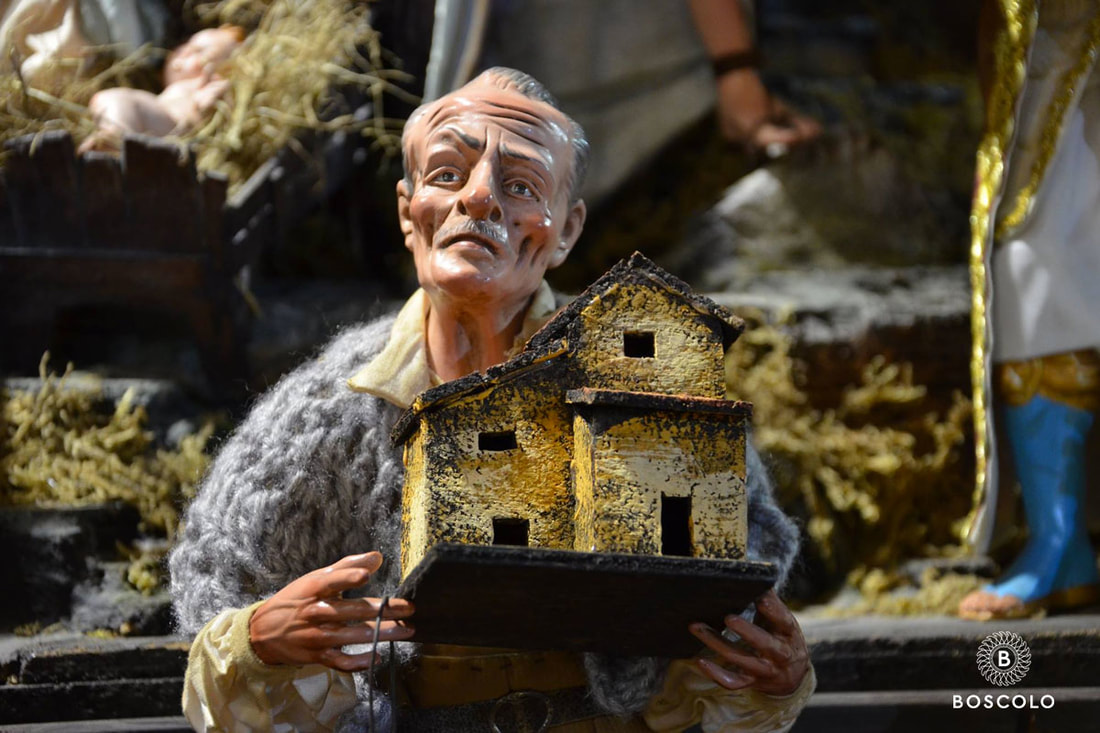
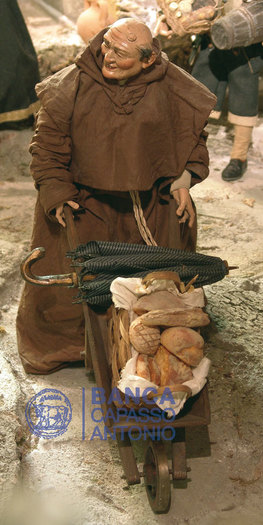

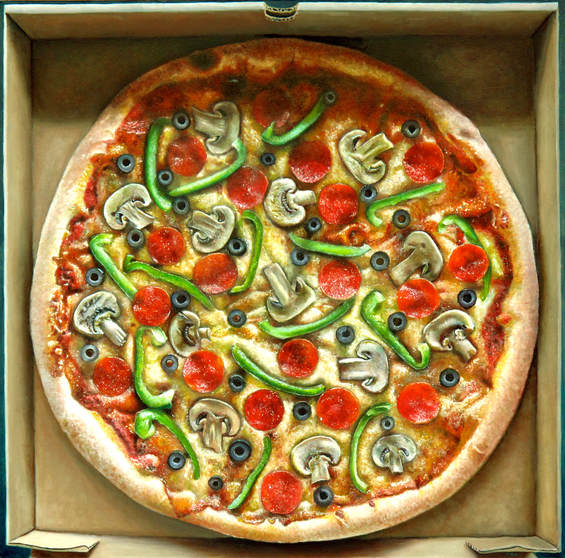
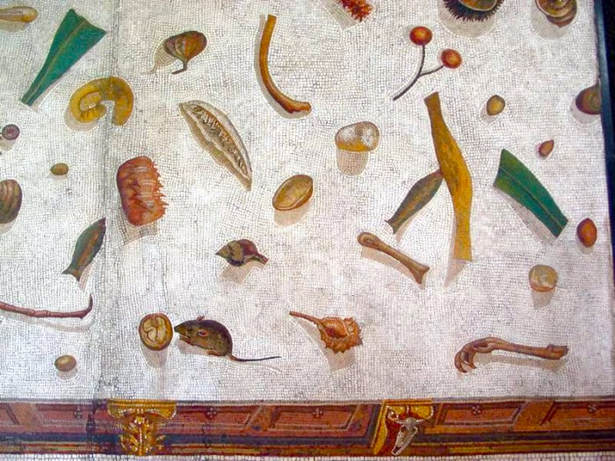
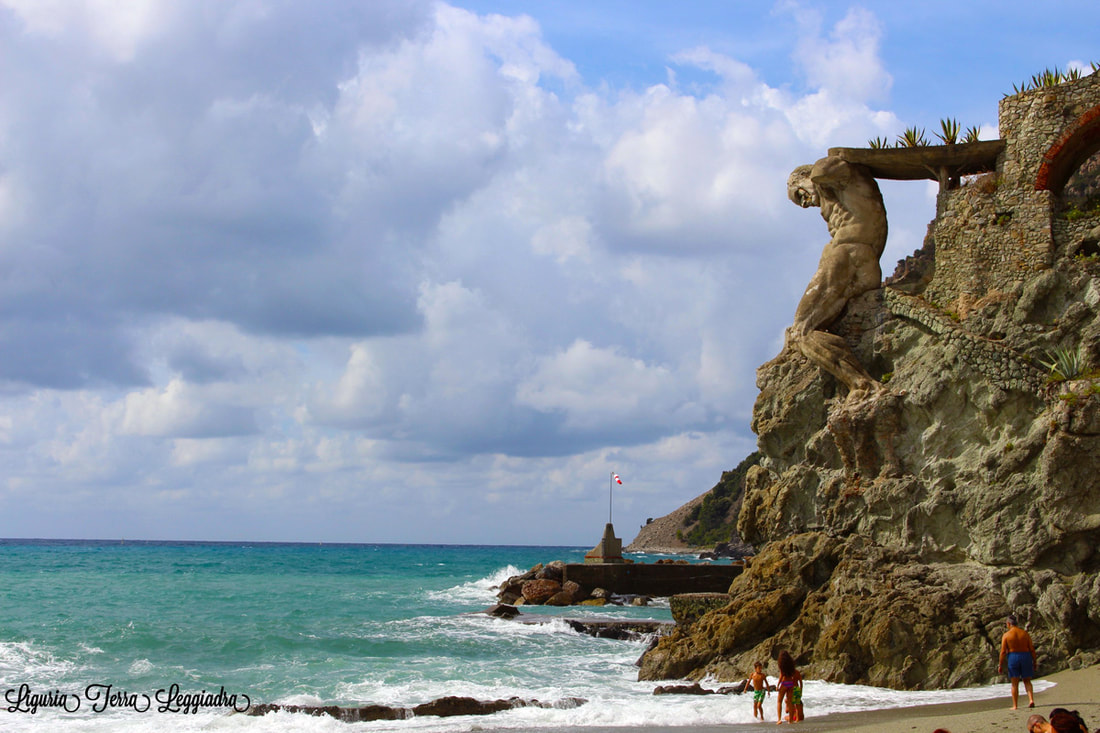
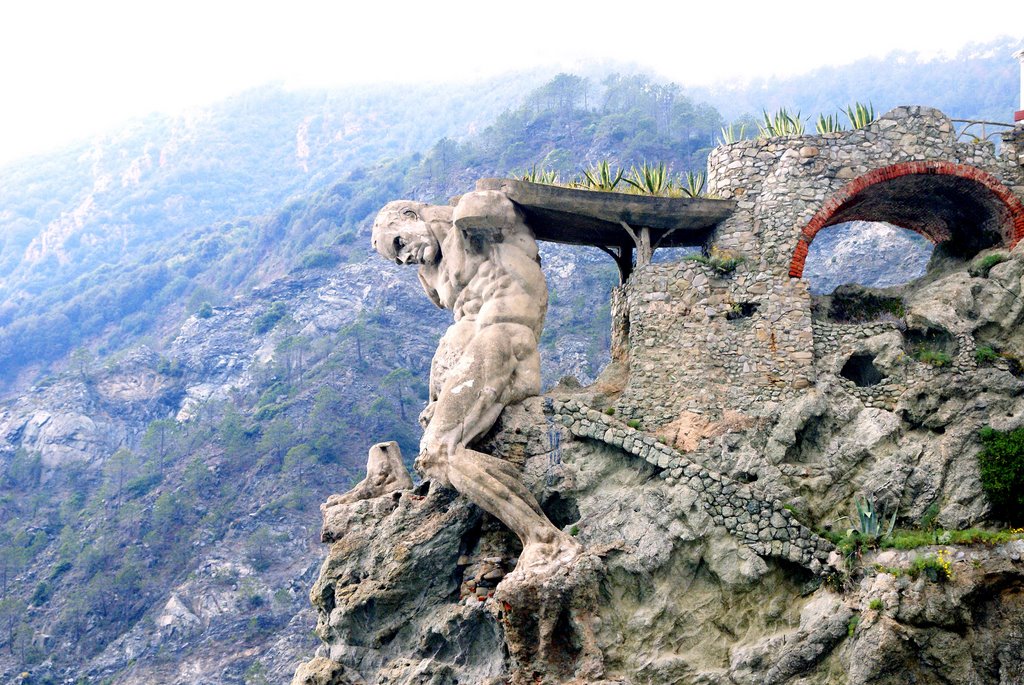
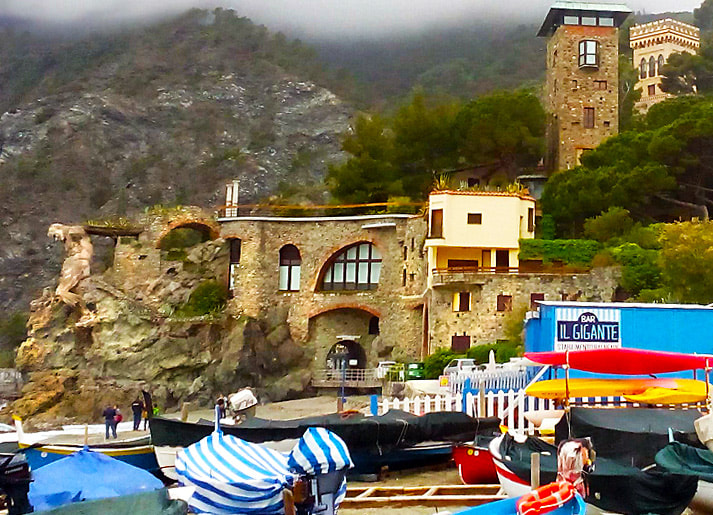
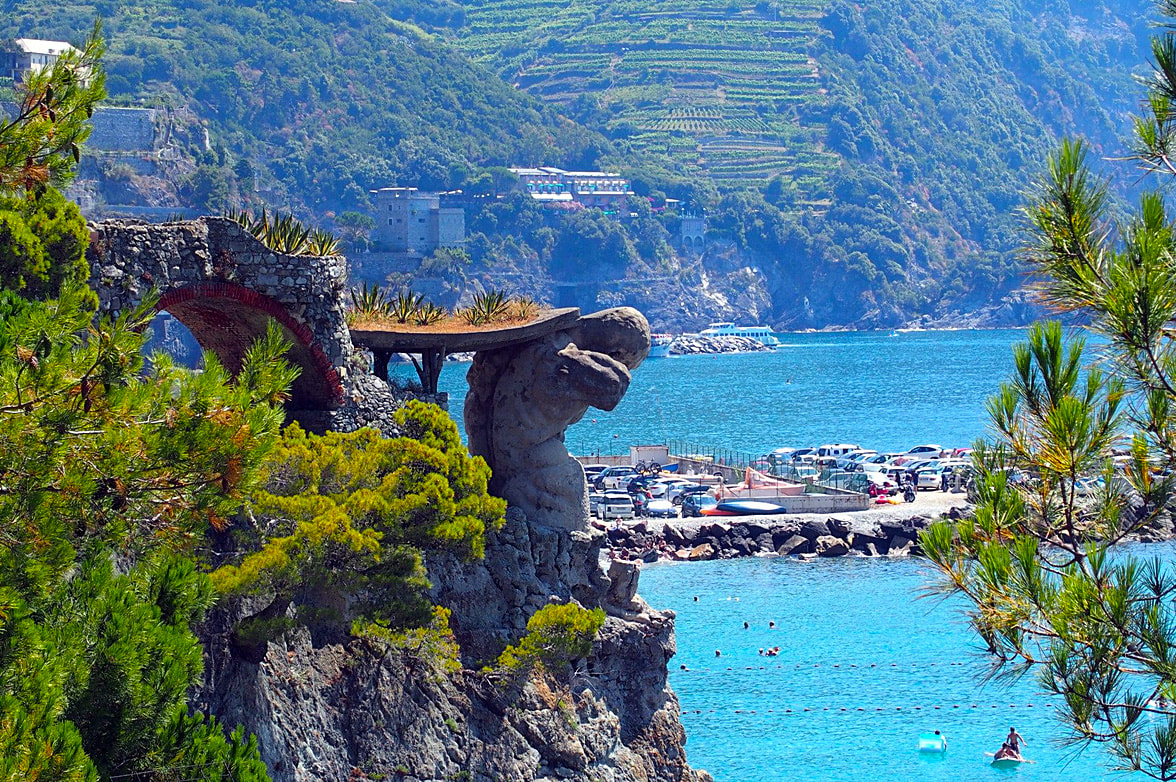
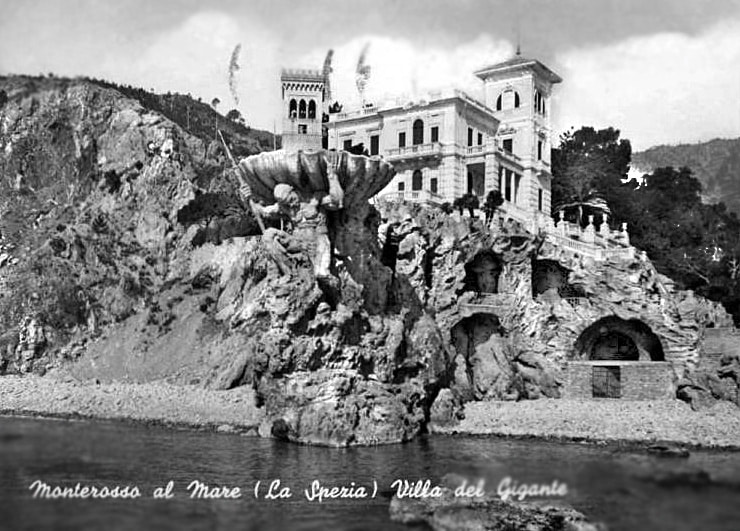
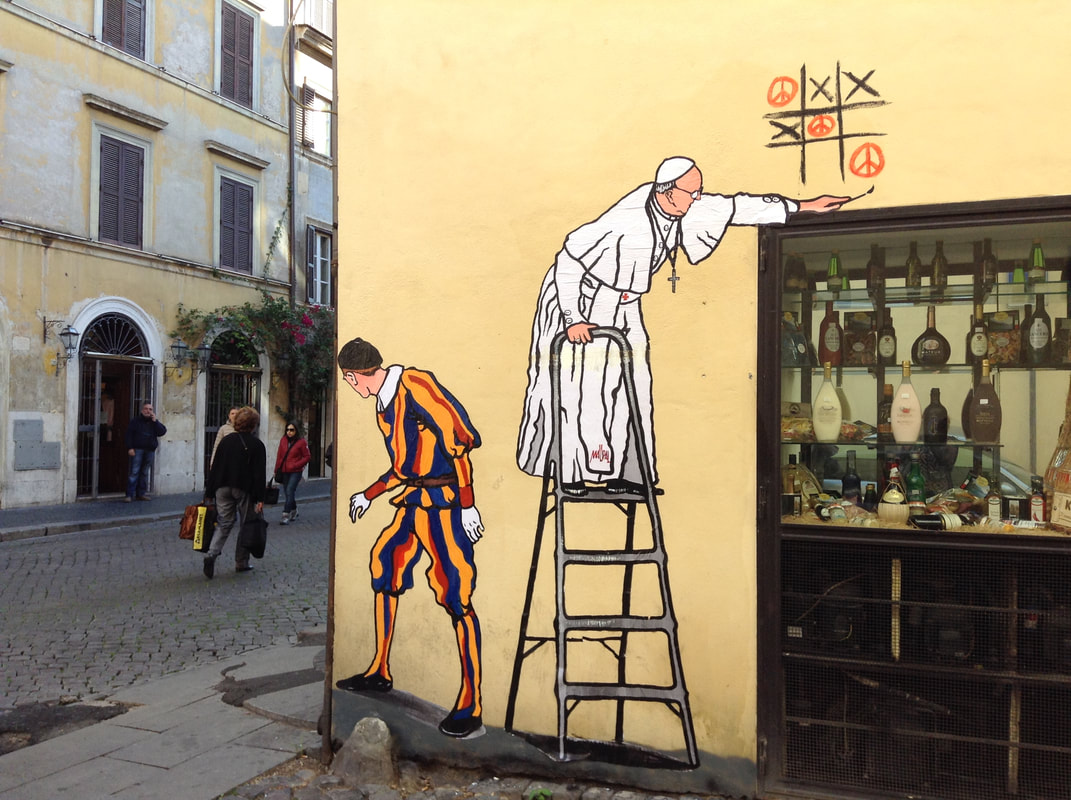


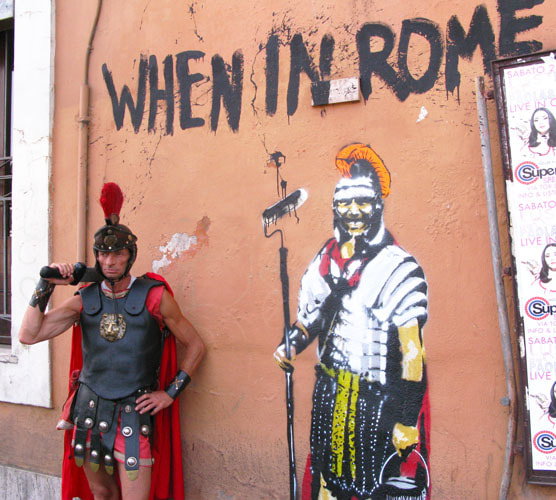
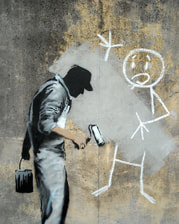
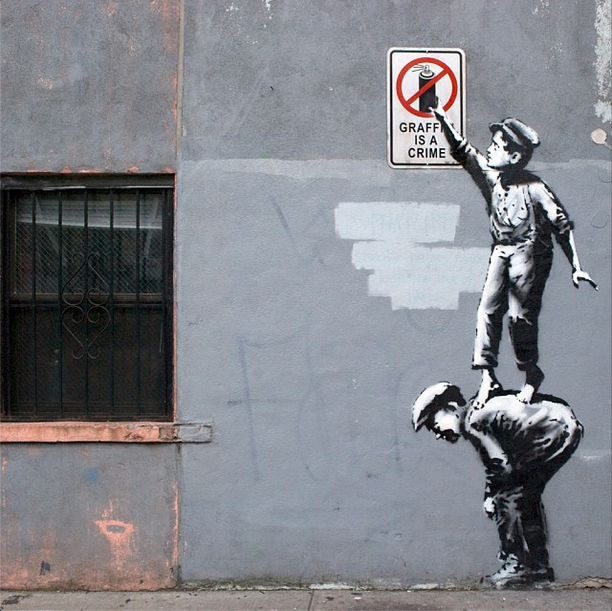

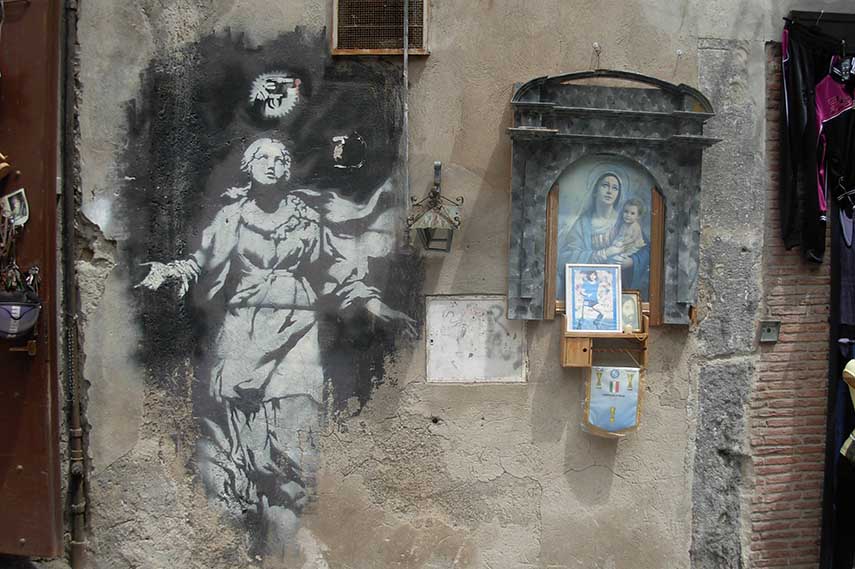
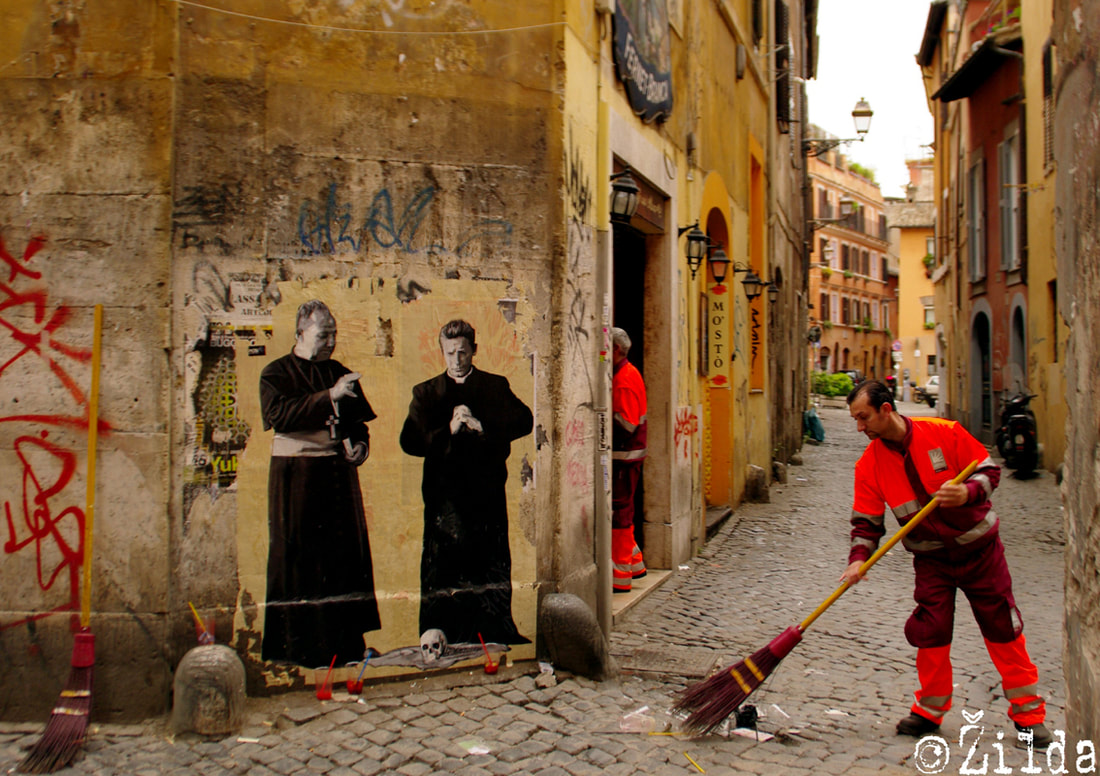

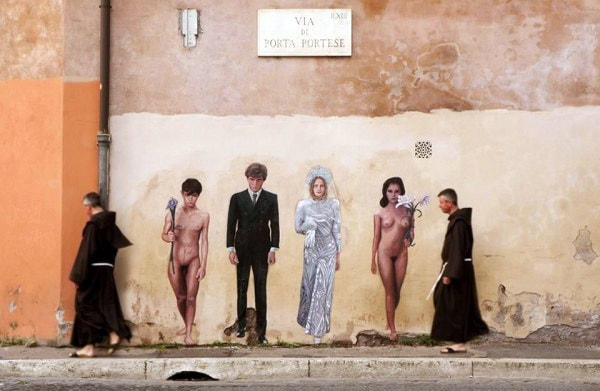
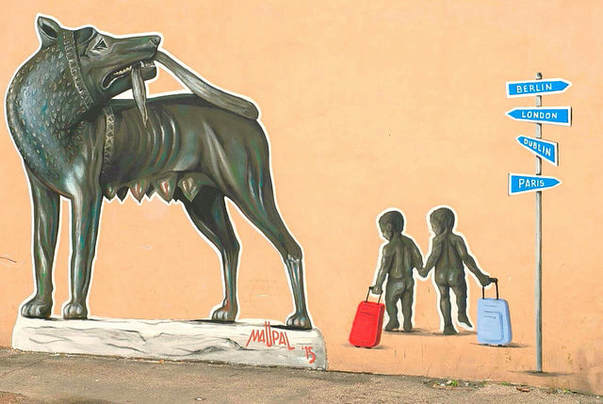
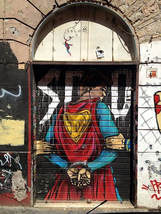
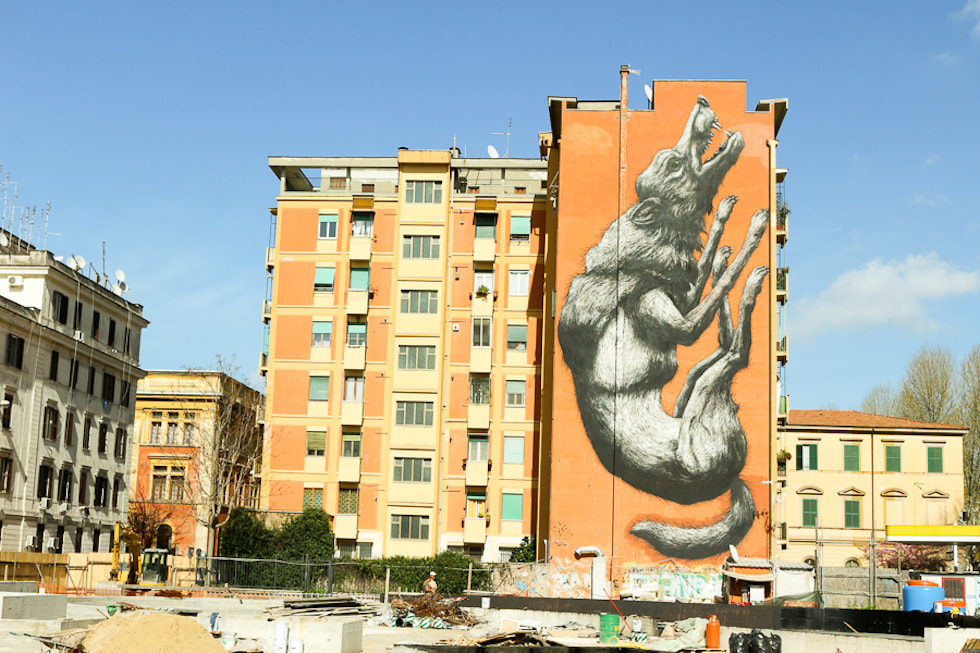
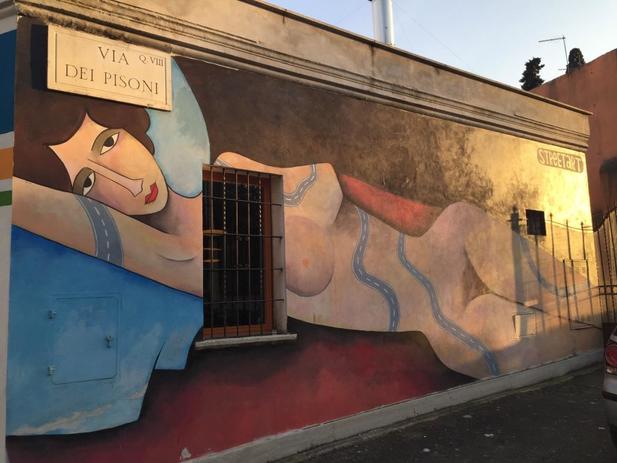
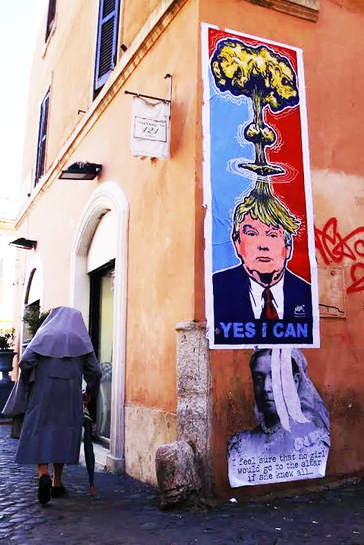
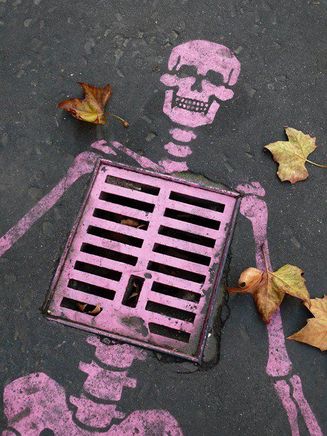

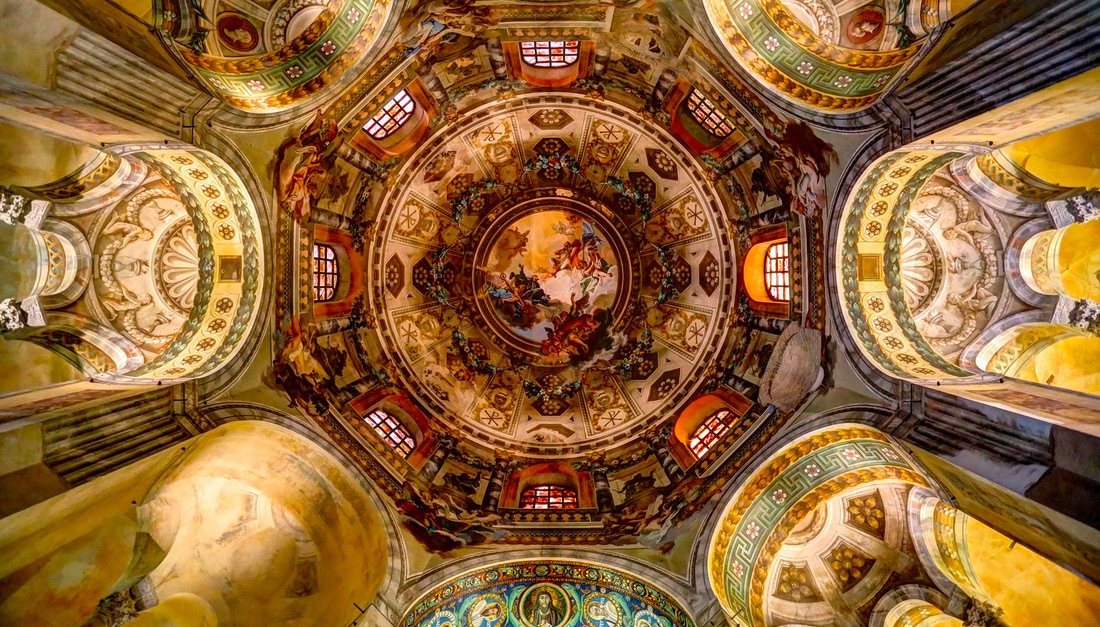
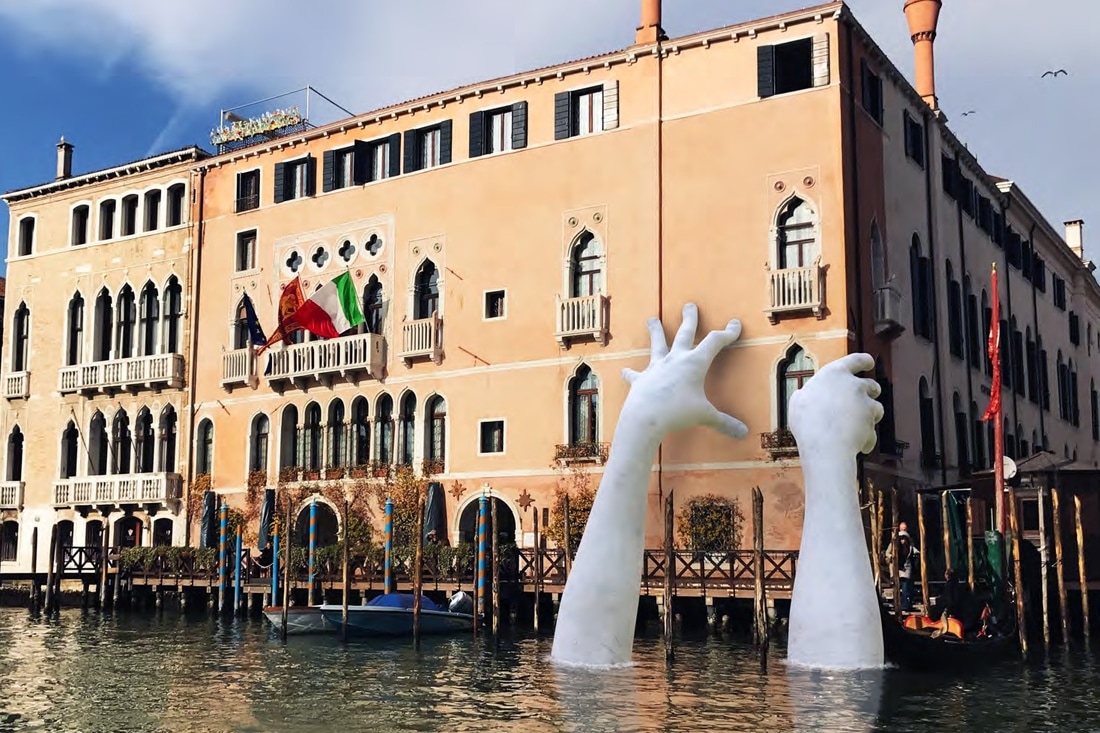

 RSS Feed
RSS Feed
